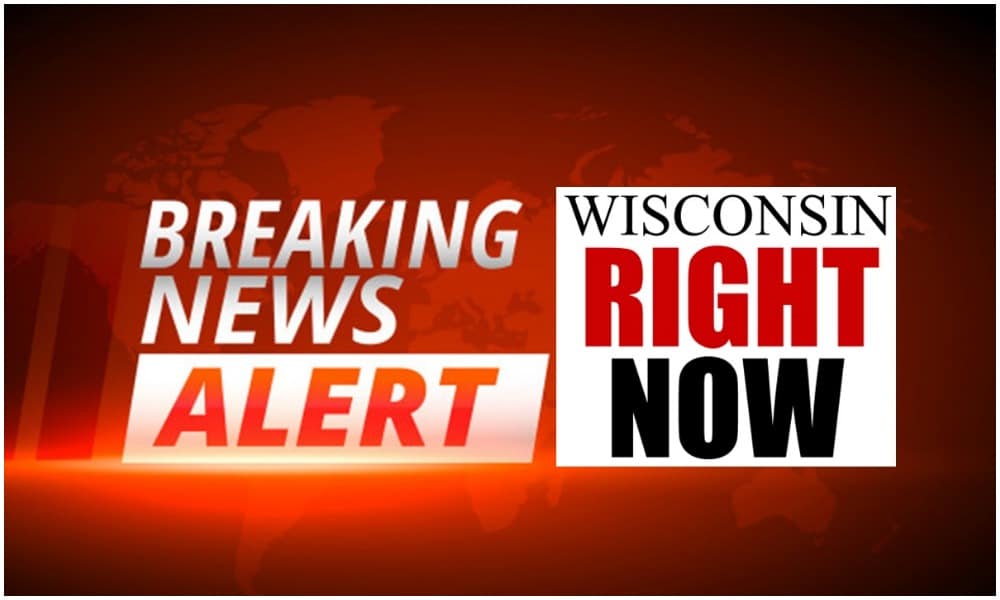(The Center Square) – President Donald Trump and the U.S. Department of Health and Human Services announced a new drug payment model Friday that will significantly lower the cost of Medicare Part B drugs, in a move the president said was a threat to “Big Pharma.”
Beginning in early January, the Most Favored Nation Model will test an innovative way for Medicare to no longer pay high-cost, physician-administered Medicare Part B drugs than the lowest price charged in similar countries.
Following the president’s recent Executive Orders to lower drug prices and improve access to life-saving medications, the MFN Model will protect current beneficiary access to Medicare Part B drugs, make them more affordable, and address the disparity of drug costs between the U.S. and other countries, Trump said at a White House news conference at the White House.
The program is being administered through the Center for Medicare and Medicaid Innovation at the Centers for Medicare & Medicaid Services and is estimated to save American taxpayers and beneficiaries more than $85 billion over seven years.
The model “will be the most significant single action any administration has ever taken to lower American drug costs,” HHS Secretary AJ Azar said.
CMS Administrator Seema Verma said the president was taking on “the entrenched special interests that have stymied patient-centered reforms in Washington for generations” and that the new model will protect seniors, not the middle men.
“The current system creates incentives for drug manufacturers to price Medicare Part B drugs as high as they can in the U.S. system because the program pays doctors more when they prescribe more expensive drugs, even when a lower cost, clinically-equivalent alternative is available,” Varma said. “The Most Favored Nation Model will lead to lower drug prices for seniors.”
She also noted that premiums are down in Medicare Part B from 34 to 60 percent. In the last three years, the Trump administration has lowered premiums across the board on the exchange, increased price transparency, enabled portable digital records, reduced regulatory burdens, and afforded more options for patients, she said.
As of November 2020, patients have more than 1,600 plans offering insulin at 66 percent less the cost than they did three years ago, she said.
Historically, Part B costs resulted in taxpayers paying “whatever drug companies wanted to charge,” Varma said. “It’s no wonder that American seniors are paying twice as much as seniors in other countries are paying.”
A new rule change, the American Patients First drug pricing blueprint, released in May 2018, addressed high out-of-pocket costs, foreign subsidies plaguing Medicare Part B, Azar said.
Over the last five years, Medicare Part B drug costs increased at an annual rate of 11.5 percent, accounting for 37 percent of the change in Medicare Fee-for-Service Part B benefit spending from 2015 to 2019. Medicare Part B drug spending of $30 billion in 2019 made up 14 percent of total Medicare Fee-for-Service Part B spending, up from 11 percent in 2015.
Medicare Part B drug spending has also grown faster than drug spending in Medicare Part D and the U.S. as a whole, HHS notes.
In a new report released Friday, the HHS Office of the Assistant Secretary for Planning and Evaluation found that between 2006 and 2017, Medicare Part B Fee-For-Service drug spending per enrollee grew at 8.1 percent, more than twice the per capita spending on Medicare Part D (3.4 percent), and nearly three times as high as overall retail prescription per capita drug spending (2.9 percent).
While state Medicaid programs and Medicare Advantage plans have tools in place to reduce certain drug costs through price negotiations, current law requires the Medicare Part B program to pay for most drugs administered by physicians at the average sales price in the U.S. in addition to a percentage-based add-on payment. Manufacturers have largely been able to set these prices independent of market forces, which has resulted in Americans paying more than double in other countries, according to the study.
“This anti-competitive system leaves taxpayers and American seniors on the hook for paying the highest drug costs in the world,” HHS said in a statement.
The model payment will include two parts: a drug payment amount that will phase in the lowest price in other similar countries by blending it with the average sales price, and a flat add-on amount per dose that will be the same for each model drug, HHS reports. The model will accelerate the phase-in of the MFN Price if drug manufacturers increase U.S. prices faster than inflation and the lowest price in other similar countries. The model’s flat per-dose add-on will remove the incentive for participating physicians, hospitals and other providers to furnish high-cost drugs, HHS says. Beneficiaries’ cost sharing on this add-on payment will be waived.
The CMS will test paying based on the MFN Price for 50 Medicare Part B drugs and biologicals with the highest Medicare Part B spending. These 50 drugs and biologicals account for approximately 73 percent of Medicare Part B drug spending although they only represent less than 10 percent of Medicare Part B drugs.
Under the new model, all Medicare-participating physicians, hospitals and ambulatory surgical centers in the U.S. and territories will be paid through this new payment system instead of the current average sales price plus 6 percent add-on.
By Bethany Blankley | The Center Square
Go to Source
Reposted with permission
